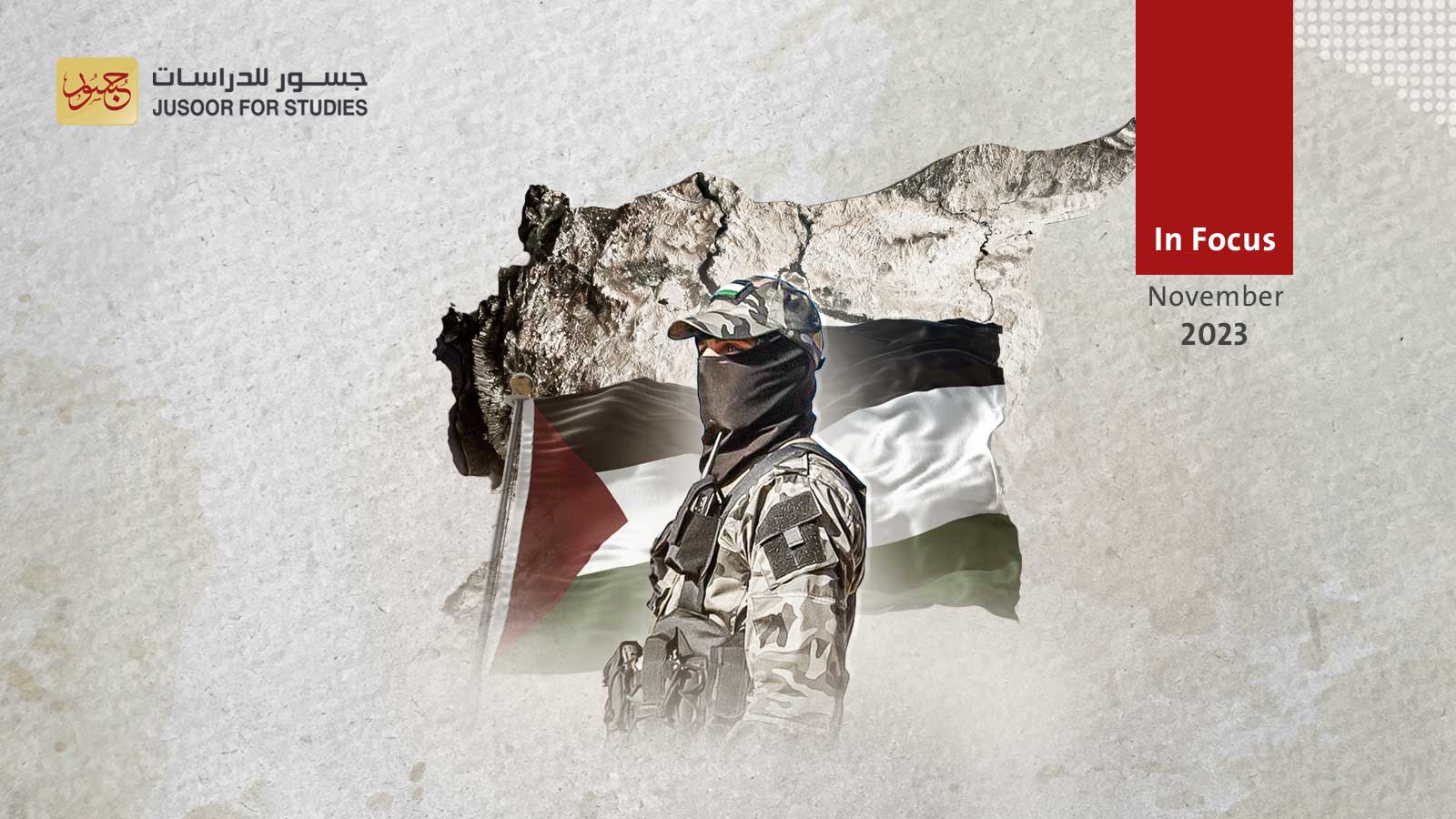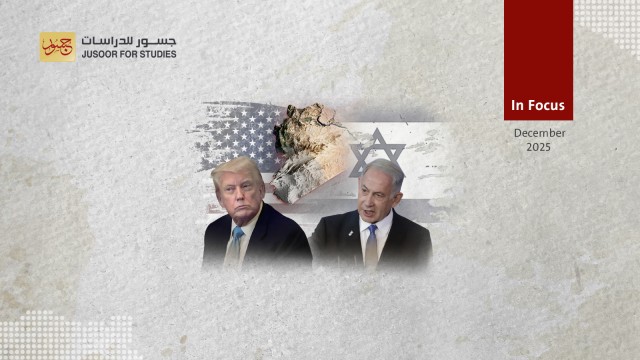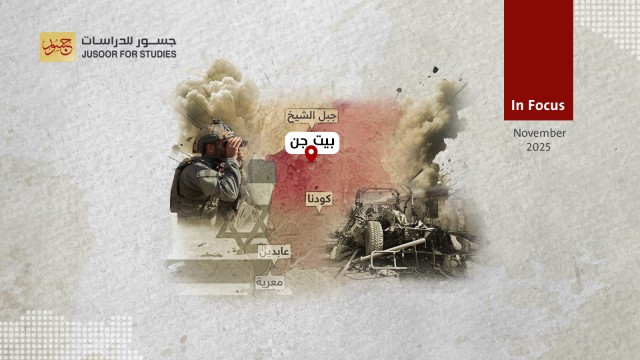The Position of Palestinian Factions in Syria Following the Gaza War
Nearly 20 Palestinian factions are currently active in Syria. Some maintain both a political and military presence while others limit their activities to the political sphere. They vary in terms of their funding sources, their connections to the Syrian regime, their activities within Palestine and their positions since the start of the Gaza War which that broke out after Operation “Al-Aqsa Flood” by Hamas on 7 October 2023.
Some of these factions enjoy close relations with the regime, which finances them and sees them as part of its security structure. These groups have fought alongside the regime, to varying degrees, against opposition factions. Some, with limited numbers of personnel, are active only in Damascus and the surrounding countryside. These include the Galilee Forces, the Return and Liberation Brigades, Fatah, the Democratic Front for the Liberation of Palestine (DFLP), the Popular Front for the Liberation of Palestine - General Command (PFLP-GC), and Fatah al-Intifada. Some, such as the Al-Quds Brigade, have played an extensive role in northwestern Syria and the country’s eastern desert. Some of these factions were founded after 2011, and many have no formal presence in Palestine itself; their connection to the Palestinian cause is little more than symbolic.
On the other hand, other Palestinian factions in Syria remain very much connected to the Palestinian cause, with a presence and activity inside Palestine, often with sources of funding independent of the Syrian regime. Some have also avoided armed confrontation with the Syrian opposition, notably Hamas and Islamic Jihad.
Hamas was able to transfer some of its military and security activities to Syria after normalizing relations with the regime in the second half of 2022. But despite a meeting between the regime’s leadership and Hamas officials before Operation Al-Aqsa Flood, and regime demands for pledges to restrict its movements in Syria, it appears that Hamas benefited from high-level coordination with Iran and Hezbollah to allow it to carry out very limited military activities in Quneitra province, under the cover of groups affiliated with Hezbollah.
For its part, Islamic Jihad has continued its own military activities throughout the Gaza War, in various parts of the Damascus hinterland, the western Daraa countryside and Quneitra, under the aegis of Iranian-backed militias and Hezbollah. It is quite possible that it is also involved in production of military equipment in southern Syria, a key focus for the movement. This has prompted Israel to target its leaders in Syria multiple times, most recently in March 2023 in rural Damascus.
The regime has sought to avoid being dragged into the war in Gaza, and has even restricted demonstrations by Syrian Palestinians and arrested activists calling for them. It has taken a similar position on the Palestinian factions. The head of military security in Daraa, Louay Al-Ali, is believed to have held meetings with factional representatives in Daraa, Quneitra, and Western Ghouta after the regime assigned him the task of calming the southern region and preventing unwanted clashes on the border with the Israeli-occupied Golan.
The regime has little interest in provoking the United States or Israel; nor does it appear willing to step out of line vis-à-vis Russia. Officers from the Hmeimim base recently met military officials in Tal al-Jabiya and warned them not to launch any more missiles towards Israel from Syria.
However, the regime’s control over southern Syria appears limited and only extends to certain Palestinian factions, notwithstanding a substantial intervention by Russia, especially as Hamas and Islamic Jihad must coordinate their movements with Iran and Hezbollah.
In conclusion, Palestinian factions in Syria have not changed their positions in any substantial way since the start of the Gaza War, apart from some limited activity by Hamas and Islamic Jihad in the south of the country. This is linked to the structural connections of these factions with the regime and the latter’s neutral position on the war, as well as Iran’s stance on the conflict. Tehran meanwhile continues to follow a very cautious policy to avoid sparking a full-scale confrontation on the Syrian and Lebanese fronts.








